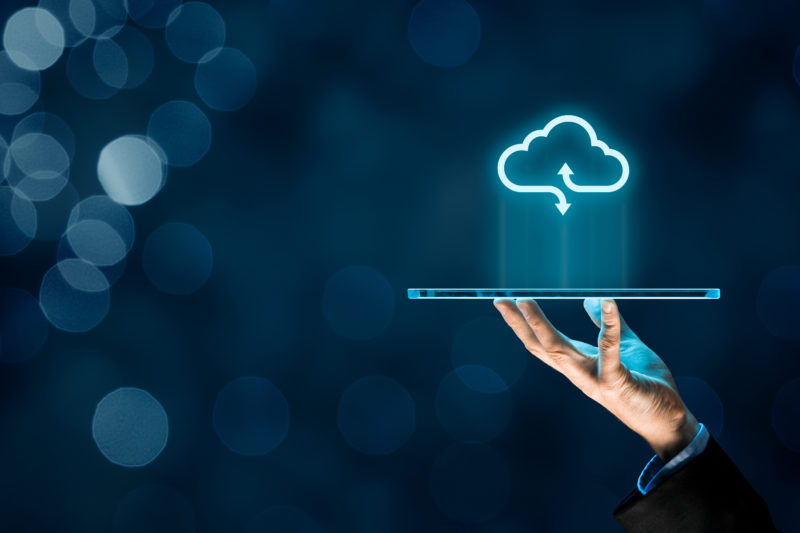Covered in this article:
Are local companies still spending a great deal on IT hardware?
As people become more aware of the benefits that properly harnessed technology and cloud computing can bring to a business and the business intelligence and data analytics that come with it there is an increased interest in engaging with technology, unfortunately, there is a perception that “going cloud” is cheaper, which it is not because very often costs need to be allocated to connectivity, redundancy and security in addition to the cloud solution on offer.
Migrating to the cloud is a change in the methodology that you will follow to consume or interact with the technology in your business and importantly will alter the way you financially operate too. Instead of buying equipment (servers & storage), you will now pay a subscription service to access and use this equipment elsewhere in a data centre that someone else looks after (the cloud). This means that you will move away from a capital expenditure model (CAPEX) to an operational expenditure model (OPEX). So… a long answer to a simple question, when doing the math on a properly built and applied cloud migration, should show that the costs of technology are predominantly the same (or higher if you want added value), but they are now shifted to monthly costs… as you are subscribed to or renting the access to solutions and connections instead of buying them.
Why are some companies resisting Cloud computing and applications and still using traditional systems and hardware?
It’s important to note that in specific industries and for larger organizations, businesses will HAVE to keep some functions, software, and data locally in their office because of operational requirements, legal & compliance, or occasionally because of the size of data generated.
However, these are unique and most other businesses often resist because they have server hardware that they purchased at a relatively high cost and therefore want to “sweat the asset” by keeping it operational for as long as they can. This is almost always at risk of business continuity, data loss, and data security.
In addition to this very often because they do not properly understand what a cloud-based solution can bring their business and how at-risk they are if they continue to “own” their technology and host it in their own business.
Lastly because of a certain mistrust of subscription or rented solutions that they have previously lost money on. What’s important to note on this last issue is that subscriptions are often conflated with costly leases or “rent to own” scenarios that the printing industry (office automation) infamously uses to tie customers into lengthy contract terms that are unfavourable. Quite simply, cloud solutions can never be “owned” because of their very nature so the comparison is not a logical one, and the “I’d rather buy it cash” argument is not possible.
How does shifting to Cloud computing change the hardware requirement for companies?
You no longer have to locate your data, software, and business IP on a physical server in a “server room” in your office and this does bring a host of cost-saving from physical security, air conditioning, and support perspective. However, as is usually our advice, its important that the savings garnered here are spent on redundant connectivity, security and increased internet capacity (speed/bandwidth)
What are the key business benefits of harnessing Cloud and downscaling on hardware?
- Mobility & access of data, IP and systems from anywhere without reliance on whether your office has power, internet or a functioning server
- Your server and data are in a highly controlled environment in a data centre.
- Business continuity, your business will continue to be operational
- Speed; data centres have the best connectivity in the world, so providing your access to the internet is sufficient, the access to your data will be as fast as possible
- Scalability with virtualization; you can add software, processing power, storage, and functionality all within hours by notifying your provider and increasing your cloud capacity.
How does moving to the Cloud alter the IT management/maintenance requirement for businesses?
It changes how your IT provider looks after you and your data as they are now remotely accessing it in a controlled environment which is vastly preferable to having to worry about it in the old server room where there were so many variables to diagnose that support is a vastly different scenario. Again, it’s important to note that while this may result in fewer hours of support physically in your office, you still have a server, data, and complex software… so work is still required to keep this all operational and accessible.


